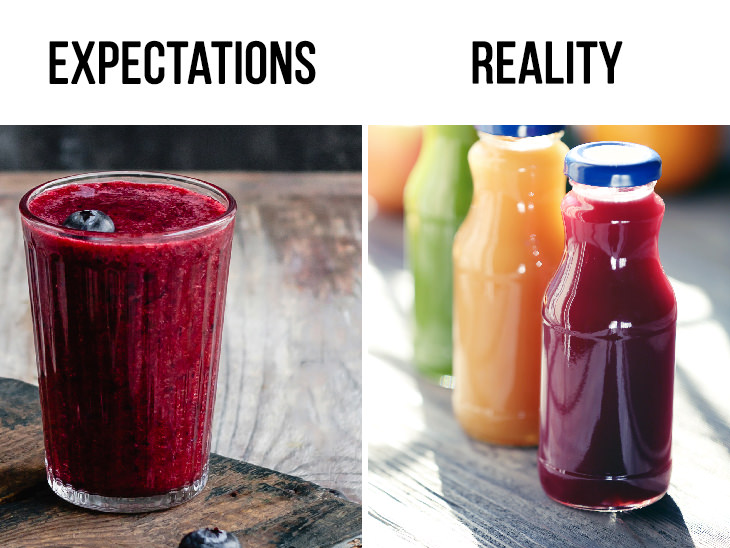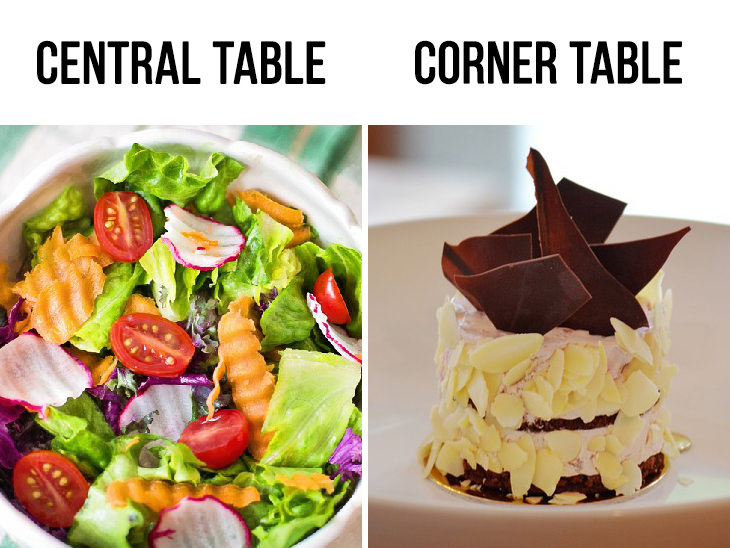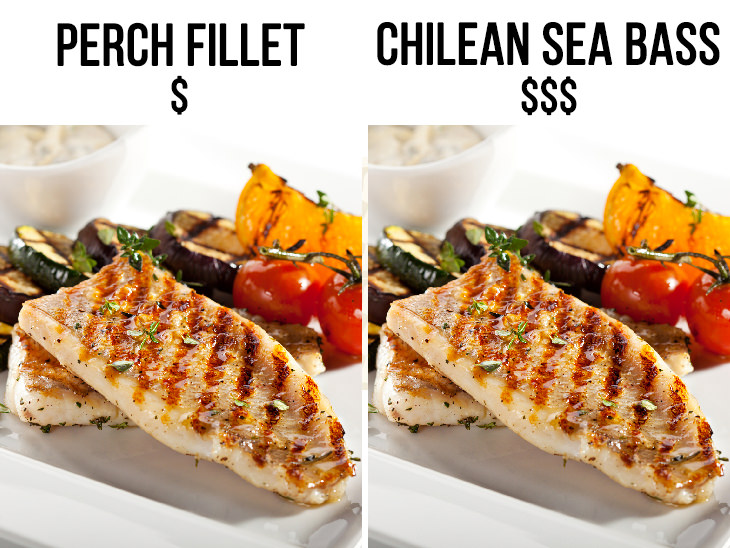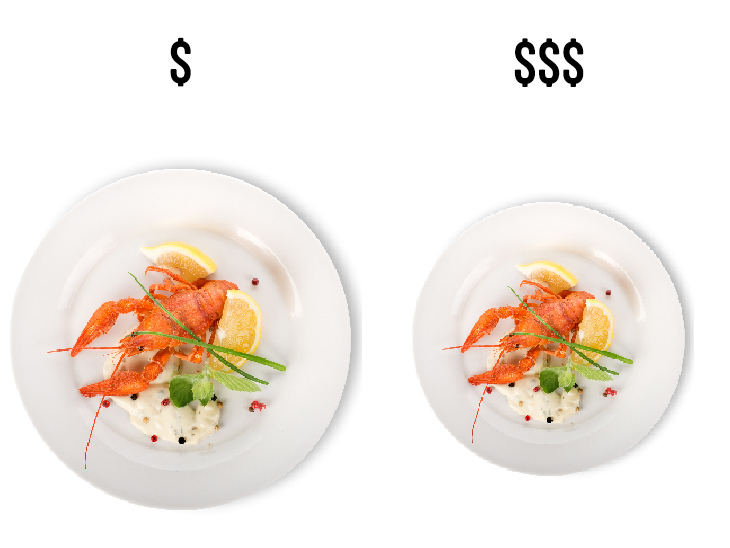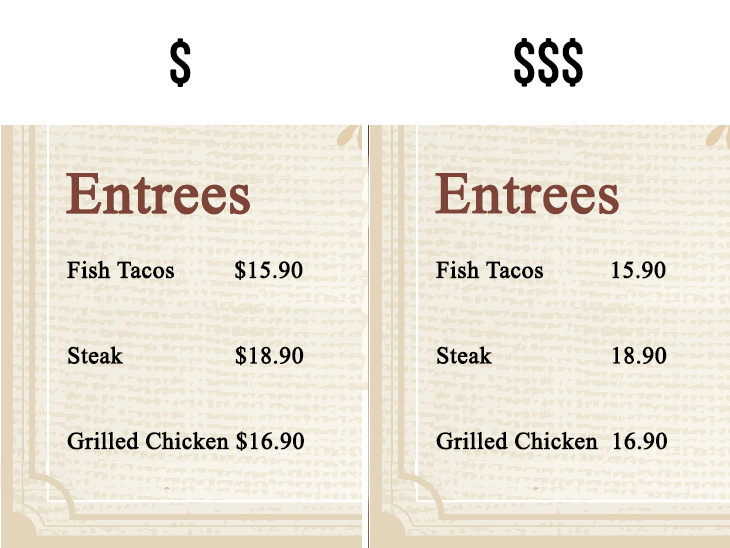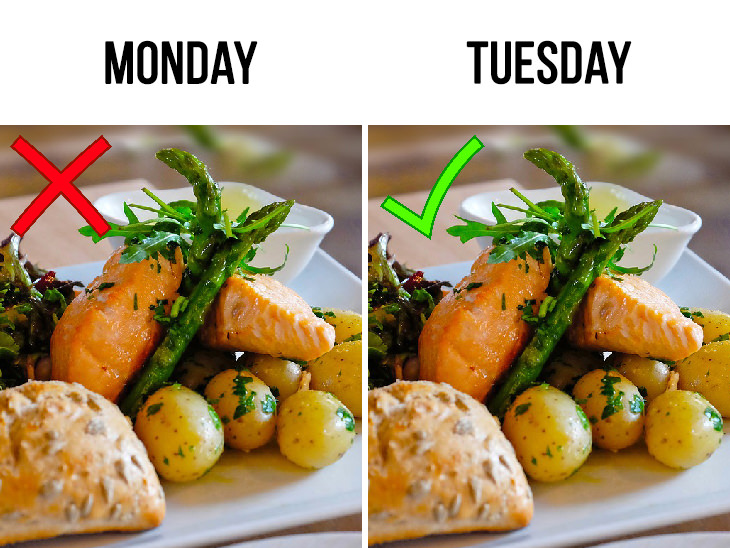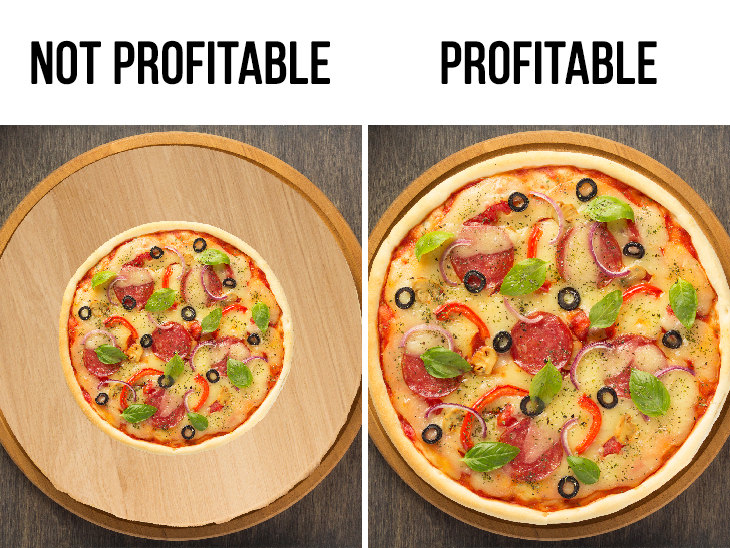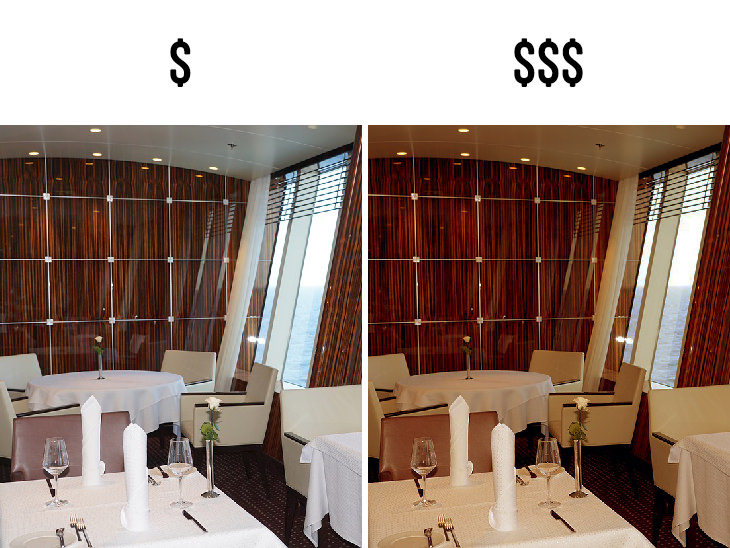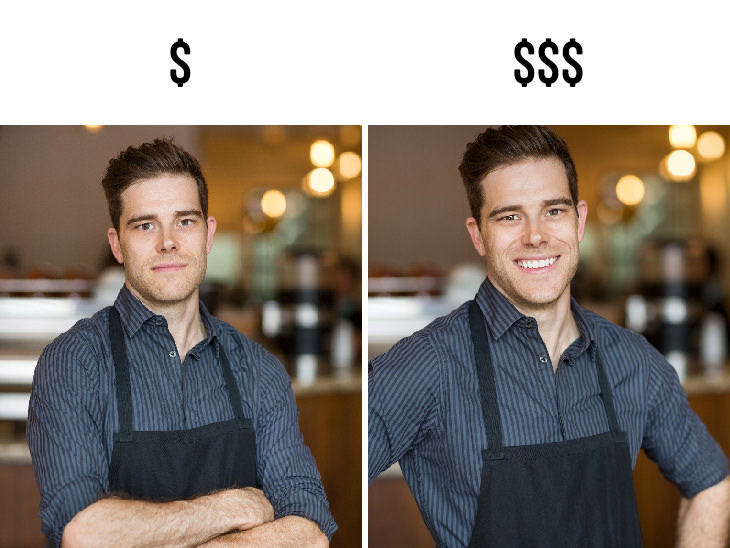1. Saving money on fresh fruit
Bartenders don’t usually lack the ingredients they need to make a freshly-squeezed juice, but they often don’t make it as fresh as it should be. For example, they need three oranges to make a freshly-squeezed orange juice, but many of them will top up whatever amount they have left with juice out of a carton, thus saving themselves some time.
2. More cozy tables
Restaurants place emphasis on having cozy and secluded spots in their establishment so that diners will be more inclined to eat bigger portions, as well as more harmful foods due to being away from the prying eyes of other visitors.
In other words, patrons have an increased tendency to eat in such a manner when seated at these tables due to avoiding the judgment of others. Furthermore, a comfortable table means that you’re more likely to spend more time at it, and thus spending more money in the process.
3. Dishes arranged on the menu according to pricing
Research conducted at the UK’s Bournemouth University indicated that restaurants and cafeterias make more money depending on the number of dishes they have, as well as their arrangement on the menu. You’ll be surprised to know that simple marketing tricks such as the placement of more expensive items in the middle of a menu page can generate more profit.
In addition, desserts always tend to be similarly priced, regardless of their ingredients or weight. That’s because it’s beneficial to restaurants if they sell their desserts in equal amounts.
4. Cutting corners with expensive ingredients
Another trick that restaurants and cafeterias use is to give prominence to the most expensive ingredients contained in a particular dish, but use as little as possible of them when it actually comes to them being served.
For example, berries, seeds, nuts or truffles can be very appealing to see on the menu, but it’s often the case that they make it into a dish just on a purely superficial level. Nevertheless, this often feels the diner leaving pleased.
5. Giving dishes overtly fancy names
Using fancy names for dishes always works well on impressionable visitors. Much thought is put into what a dish is going to be called on a menu. For instance, a perch fillet is unlikely to garner strong interest from diners, however they’ll be much more inclined to try a Chilean sea bass!
Another example is chocolate cake. It sounds quite trivial in and of itself, but add the world “Belgian” to the front of it and it all of a sudden becomes a whole lot more appealing!
6. Reduced portions and small plates
In recent years, restaurants have taken to reducing their portion sizes, but keeping their prices exactly the same. The idea of reducing portions in catering came from retail. Another trick is for restaurants to decrease the sizes of their plates in order to create the illusion of sufficient portions.
7. Removing currency symbols from the menu
Using photos and illustrations of dishes makes diners spend more, according to restaurant menu expert Gregg Rapp. He found that adding a single photograph of a dish to a menu page increased it sales by a factor of three. Furthermore, removing currency symbols on the menu also makes diners likely to spend more freely.
8. "Fish Mondays"
Did you know that most restaurants order their fish on Tuesdays and Thursdays? That’s why they have a tendency to put a fish dish on as a special on a Monday – they need to sell it before it expires. Various other deals and offers are arranged using the same logic. It’s often the case that said dishes are cooked ahead of other products due to their impending expiration.
9. Having two portion sizes
Occasionally, you can see two different portion sizes of a dish on a menu. This is a strategy known as bracketing. This allows a restaurant to sell a smaller portion for an increased price, saving money on the quantity of products used. With that being said, it’s always selling a larger portion that’s more profitable for restaurants and cafeterias.
10. Muted lighting
Expensive restaurants usually have softer lighting than their cheaper counterparts, and this is done deliberately to induce a state of relaxation in visitors. It makes them more likely to spend more time in the restaurant seeing as it’s such a calm environment, and this in turn leads them to spend more money.
11. Hospitable waiters make patrons more likely to spend big
The quality of service in a restaurant quickly becomes apparent when you’re dining in it. Restaurant owners see good waiters as also being good sellers, so they should be able to tell a good joke, compliment diners and recommend dishes from the menu with ease.
This leads to clients trusting them, agreeing to special offers and even opting for a dessert after a heavy dinner. Good waiters also mean that diners spend more time in the restaurant, which in turns leads to them leaving good tips.

